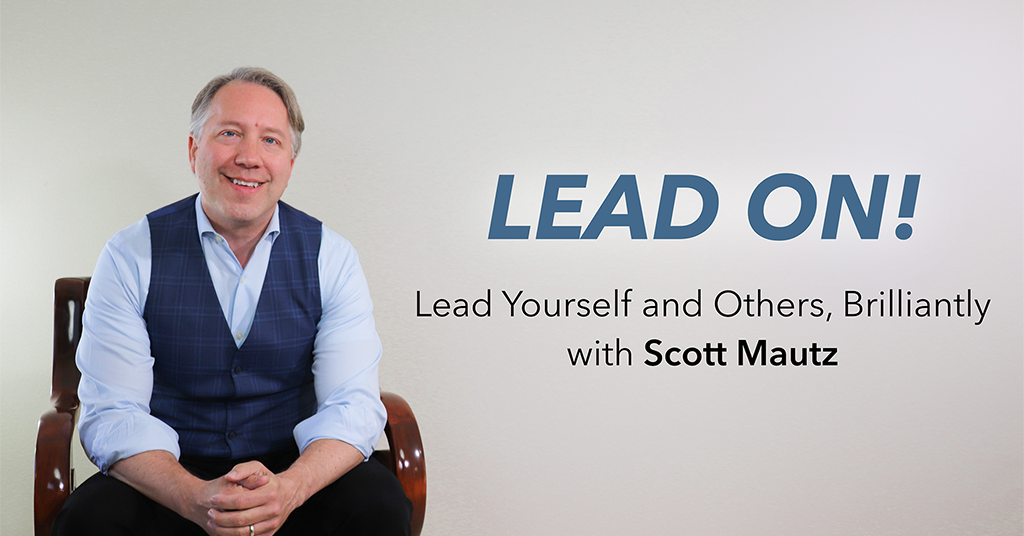
INSIGHTS (on leadership/self-leadership)
Ever wanted to give a TED talk? Well, now you can at least present like a good TED talker by following the 10 rules that TED “staffers” teach:
1. Structure spurs creativity. Your talk should have solid structure; a logical framework that can unleash your creativity in a way that the audience can consume and comprehend.
2. Start with Why. Why does your audience need to hear your talk? What benefit will it bring to them? Keep this “why” short and memorable. You can “coach out” the problems in a talk, but you can’t “coach in” the basic idea of the talk. It must be compelling raw material.
3. Hook them with a powerful opening. You’ll lose them if you don’t hook them within the first few sentences.
4. Tell a story. Don’t dictate a speech.
5. Begin with the end in mind. Plant the seed of a simple, yet big, idea that awakens consciousness and has your audience leaning in to hear more.
6. Layer with vivid detail. Nourish that seed, build upon that idea – with examples, research, and interesting facts.
7. Play the role of a skeptical listener. Ask yourself, “So what?” “Am I helping the audience understand what’s in it for them?”
8. You’re not the hero. Everything in your talk should be in service of the audience, not about making you look good.
9. Use the words “you” more than “I.”
10. Adopt the role of “passionate conversationalist.” Don’t present. Talk.
IMPERFECTIONS (a mistake many of us make)
I know you know what a distraction your digital devices can be. But let me put a number to it for you. The percent of people worldwide that now code themselves as chronic procrastinators is 25 percent, 5 times the rate it was in the 1970’s, before digital devices were prevalent. Hmmm. See any correlation?
Let that sink in for a moment.
Experts featured in Harvard Business Review offer a number of ways to stop making the device a distraction. And I’m not talking about the obvious stuff like turn off notifications, put your phone in the other room, or hide tempting apps on the fourth screen of your home screen. Here are some of my favorite tips:
· Abandon the myth that you can keep up with all your emails, social media posts, etc. Instead, the goal should be to “sort and limit the information you receive and to streamline the work of reading, responding to, and sharing what matters.”
· Understand that multitasking (which we often do with our devices), is also a myth. In fact, MIT neuroscientist Earl Miller told NPR that multi-tasking, or trying to do two cognitive things at the same time – simply can’t be done. What the brain can do is shift focus from one task to another with astonishing speed. But with this task-switching, you think you’re paying attention to multiple things at the same time, but you’re not. You’re actually losing 40% productivity.
· Keep technology out of your bedroom. The National Sleep Foundation (NSF) and Mayo Clinic have identified blue-light-emitting LED devices as detrimental to your sleep – “a critical period that cements what you learned during the day, while removing useless information and the toxic byproducts of daily neuronal activities.”
IMPLEMENTATION (one research-backed strategy, tip, or tool)
Try this for one month. Every time you catch yourself beating yourself up with negative inner chatter or doubting yourself in some roundabout (or direct) way, instead, flip the switch and act as if you 100% believed in yourself and your abilities.
Do it. Unswervingly. For one month. Why does this work for increasing your self-confidence?
Because it takes you off autopilot.
The National Science Foundation found that an astonishing 80% of our daily thoughts are negative.
This is about making an intervention for inspiration.




Leave a Reply